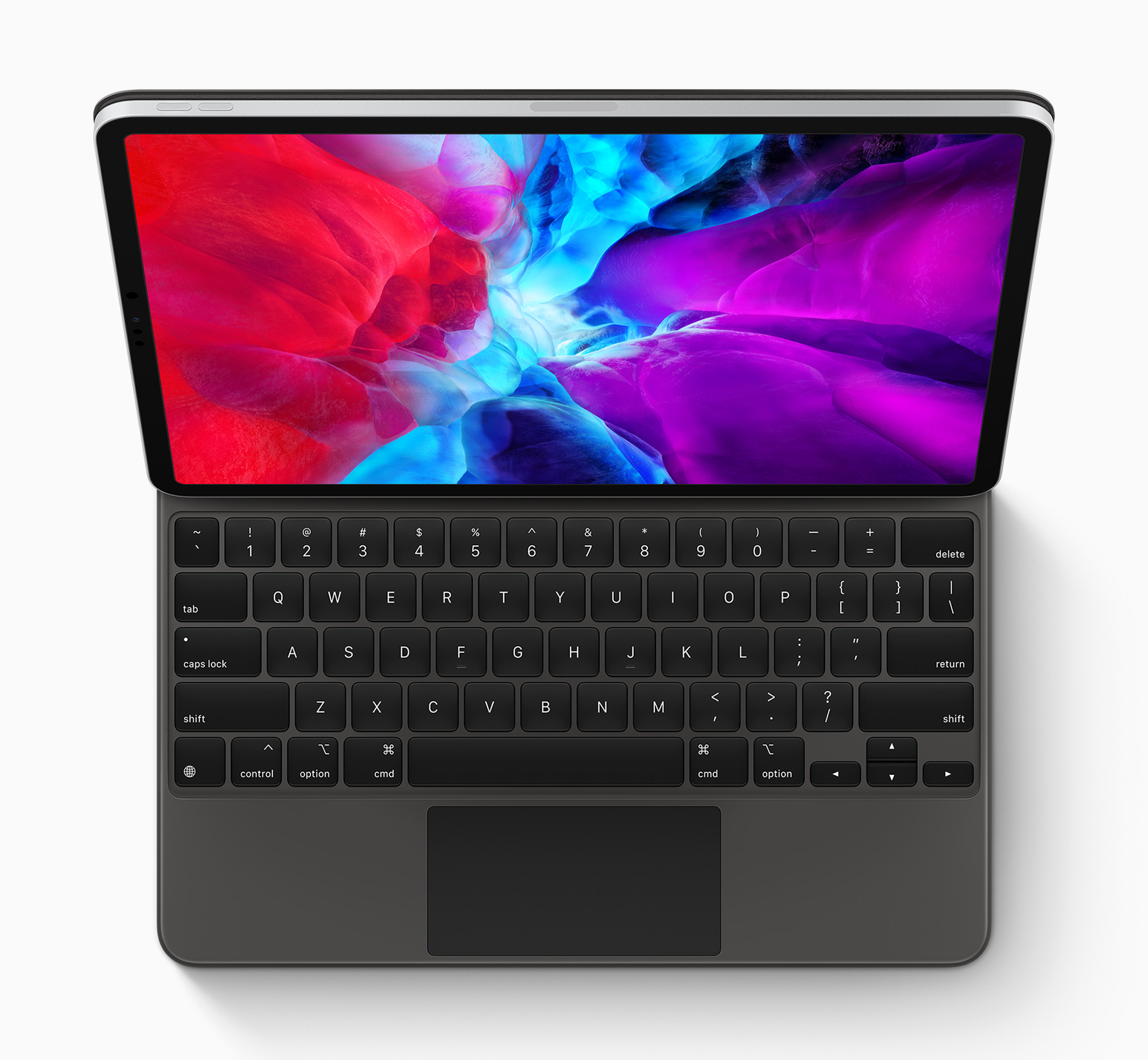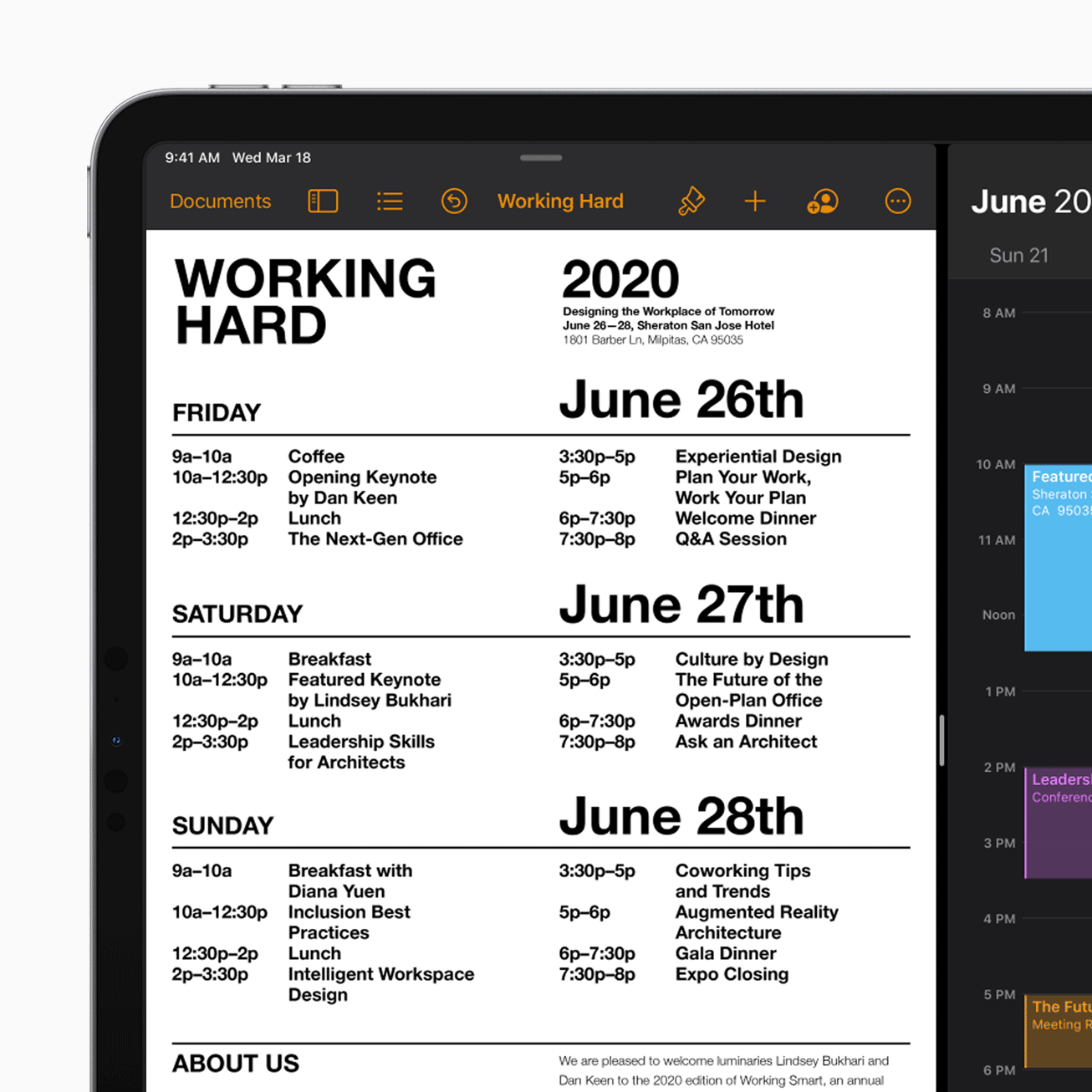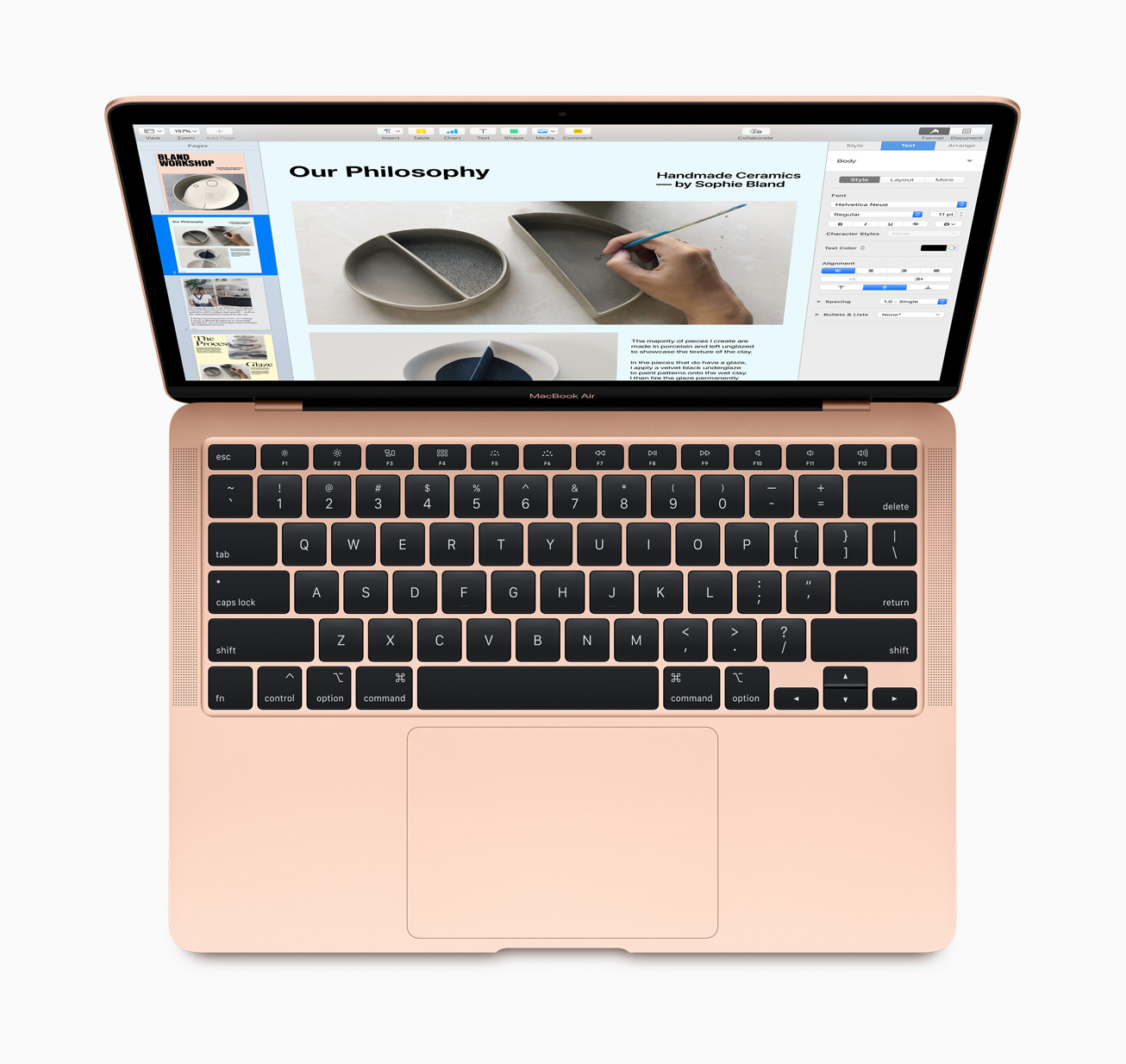Apple has new hardware coming, the U.S. government may use cell phone data to track the spread of COVID-19 and Fox acquires a streaming company. Here’s your Daily Crunch for March 18, 2020.
1. Apple announces new iPad Pro
The new iPad Pro looks more-or-less like the existing iPad Pro, but with better specifications, plus a new Magic Keyboard with backlit keys, a trackpad and a hinge that allows you to move the iPad freely.
Apple also announced a new MacBook Air that’s getting that same Magic Keyboard mechanism, which was introduced with the 16-inch MacBook Pro last year. The new scissor mechanisms offer more travel than the earlier, much-maligned MacBook keyboard and should hold up much better.
2. US government reportedly in talks with tech companies on how to use location data in COVID-19 fight
U.S. government officials are currently in discussion with a number of tech companies, including Facebook and Google, around how data from cell phones might provide methods for combating the ongoing coronavirus pandemic, according to a new Washington Post report.
3. Fox gets deeper into streaming with $440M acquisition of Tubi
Tubi, an ad-supported streaming service, will bring a new digitally native consumer offering to Fox. (This Fox is the broadcast news and entertainment company holding what remains of the Murdoch family’s television and cable sports and media assets after the sale of 21st Century Fox to Disney.)
4. Facebook wrongly blocked some links, including coronavirus info
Facebook suffered from a massive bug in its News Feed spam filter, causing URLs for legitimate websites, including Medium, BuzzFeed and USA Today, to be blocked from being shared as posts or comments. As of yesterday evening, the company said it has restored all the posts that were incorrectly removed.
5. With the travel market in tatters, when can Airbnb go public in 2020?
The world’s travel industry has become troubled in light of the spread of COVID-19, the resulting border closures and reduction in personal and business travel. Mix in a broad stock market sell-off, and Airbnb is in a tricky spot. (Extra Crunch membership required.)
6. SpaceX’s latest Starlink launch included an unforeseen engine issue
While successful in its primary mission, the latest SpaceX launch wasn’t without unexpected issues: The secondary mission of recovering the Falcon 9 booster with a controlled landing failed, for the second launch in a row.
7. Facebook announces $100M grant program for small businesses
Applications aren’t open yet, but the company says the program will include both ad credits and cash grants that can be spent on operational costs like paying workers and paying rent.
The Daily Crunch is TechCrunch’s roundup of our biggest and most important stories. If you’d like to get this delivered to your inbox every day at around 9am Pacific, you can subscribe here.
from Apple – TechCrunch https://ift.tt/2IZ2xHz






